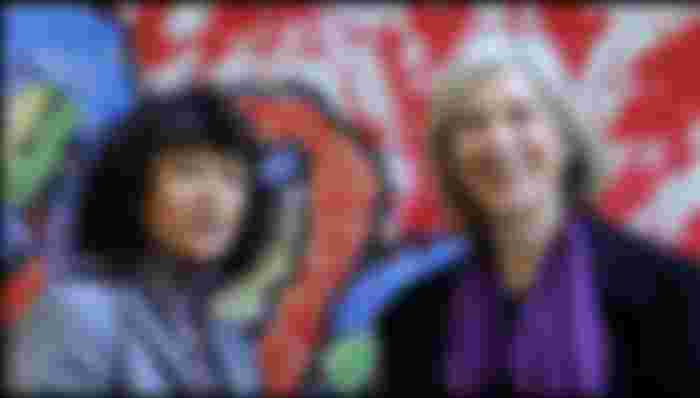Two scientist win Nobel Prize in chemistry for inventing tools to edit DNA
It is the first in history that two women have won the noble price.
They won the award for inventing tools to edit DNA.
Emmanuelle Charpentier and Jennifer Doudna are the first two women to share the prize, which honours their work on the technology of editing DNA.

The price money was 10 million krona which is equivalent to $1.1 million dollars. Not only has the women's technology been transformative for basic research, it could also be used to treat inherited illnesses.
Prof Charpentier, from the Max Planck Unit for the Science of Pathogens in Berlin, said it was an emotional moment when she learned about the award.
"When it happens, you're very surprised, and you think it's not real. But obviously it's real," she said.
Together, they recreated the bacterium's genetic scissors in a test tube. They also simplified the scissors' molecular components so they were easier to use.
In their natural form, the bacterial scissors recognise DNA from viruses. But Charpentier and Doudna showed that they could be reprogrammed to cut any DNA molecule at a predetermined site, publishing their findings in a landmark 2012 paper.The breakthrough DNA snipping technology allowed the "code of life" to be rewritten.
Since the two scientists discovered the Crispr-Cas9 genetic scissors, their use has exploded. The tool has contributed to many important discoveries in basic research; and, in medicine, clinical trials of new cancer therapies are underway.
The technology also holds the promise of being able to treat or even cure inherited diseases. It is currently being investigated for its potential to treat sickle cell anaemia, a blood disorder that affects millions of people worldwide.But without regulation, some fear Crispr could equally be used to create "designer babies", opening up an ethical minefield. If genome-edited children grow up and have children, any alterations to their genomes could be passed down through the generations - introducing lasting changes to the human population which can be harmful.
We appreciate their effort to crate something we can call the DNA scissors
